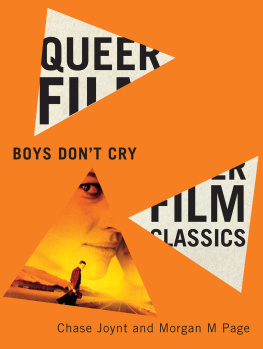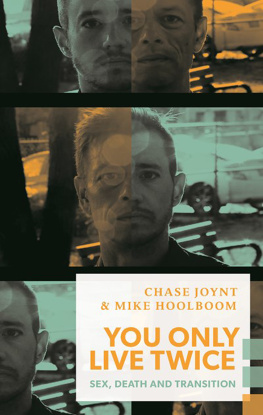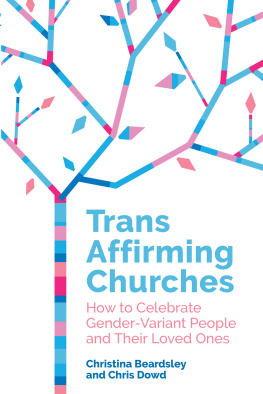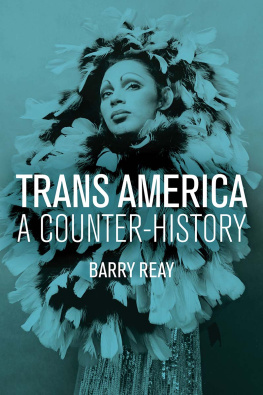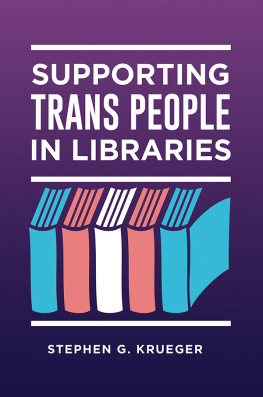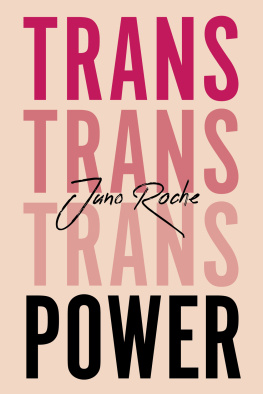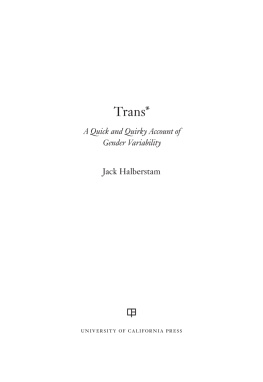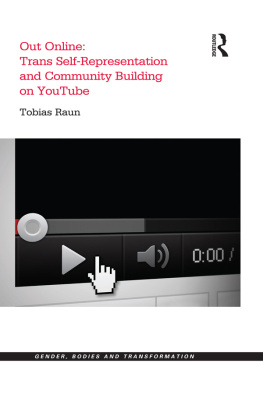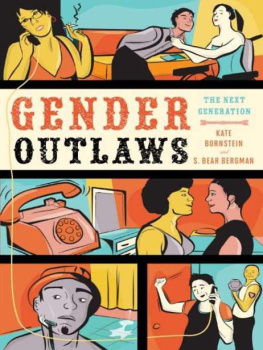Contents
Page List
Guide

BOYS DONT CRY
Queer Film Classics
Edited by Matthew Hays and Thomas Waugh
The enduring commercial success of LGBTQ2I films over recent generations offers proof of widespread interest in queer film within both pop culture and academia. Not only are recent works riding the wave of the new maturity of queer film culture, but a century of queer and proto-queer classics are in busy circulation thanks to a burgeoning online queer cinephile culture and have been brought back to life by omnipresent festivals and revivals. Meditations on individual films from queer perspectives are particularly urgent, unlocking new understandings of political as well as aesthetic and personal concerns.
Queer Film Classics at McGill-Queens University Press emphasizes good writing, rigorous but accessible scholarship, and personal, reflective thinking about the significance of each film writing that is true to the film, original, and enlightening and enjoyable for film buffs, scholars, and students alike. Books in the series are short roughly 40,000 words but well illustrated and allow for considerable depth. Exploring historical, authorial, and production contexts and drawing on filmic analysis, these open-ended essays also develop the authors personal interests or a subjective reading of the works sexual identity discourses or reception. The series aims to meet the diversity, quality, and originality of classics in the queer film canon, broadly conceived, with equally compelling writing and critical insight. Books in the series have much to teach us, not only about the art of film but about the queer ways in which films can transmit our meanings, our stories, and our dreams.
LHomme bless
Robert Payne
Boys Dont Cry
Chase Joynt and Morgan M Page
McGill-Queens University Press 2022
ISBN 978-0-2280-1081-4 (cloth)
ISBN 978-0-2280-1082-1 (paper)
ISBN 978-0-2280-1300-6 (ePDF)
ISBN 978-0-2280-1301-3 (ePUB)
Legal deposit second quarter 2022
Bibliothque nationale du Qubec
Printed in Canada on acid-free paper that is 100% ancient forest free
(100% post-consumer recycled), processed chlorine free

We acknowledge the support of the Canada Council for the Arts.
Nous remercions le Conseil des arts du Canada de son soutien.
Library and Archives Canada Cataloguing in Publication
Title: Boys dont cry / Chase Joynt and Morgan M Page.
Names: Joynt, Chase, 1981- author. | Page, Morgan M., 1987- author.
Description: Series statement: Queer film classics | Includes bibliographical references and index.
Identifiers: Canadiana (print) 20220152837 | Canadiana (ebook) 20220152926 | ISBN 9780228010814 (hardcover) | ISBN 9780228010821 (softcover) | ISBN 9780228013006 (PDF) | ISBN 9780228013013 (EPUB)
Subjects: LCSH: Boys dont cry (Motion picture : 1999) | LCSH: Peirce, KimberlyCriticism and interpretation. | LCSH: Transgender people in motion pictures. | LCSH: Motion picturesUnited StatesHistory and criticism.
Classification: LCC PN1997.B69 J69 2022 | DDC 791.43/72dc23
Contents
Preface
An annoying thing about gender is that it always gets in the way of people understanding context.
T. Fleischmann, Time Is the Thing a Body Moves Through
Why would you want to write about that film? recoiled a colleague steeped in the politics of trans representation, Why go back to something so problematic? In the lead-up to our collaboration, this sentiment became the dominant refrain about our desire to return to Boys Dont Cry. Twenty years after the films release, the life and death of Brandon Teena has remained suffocatingly present in our work as trans cultural producers. So much so that prior to writing this book, neither one of us had seen the film in well over a decade because we hadnt needed to. The story and its many contextual reverberations surrounded us and moved through our innumerable conversations, works, and critiques.
Central to conversations about trans representation, violence against gender non-conforming people, and the contentious and contested borders between butch and FTM identities (Halberstam and Hale 1998), Boys Dont Cry offered the first mainstream access to transmasculine embodiment in North America, one that many simultaneously embraced and rejected. Through director Kimberly Peirces portrayal, Brandon Teena served as both a larger-than-life playboy to whom one could aspire and a terrifying cautionary figure for the annihilation that would surely await those who dared to cross gender. His story became an unavoidable measure against which many trans men could assess their own personal becoming. Ultimately, the legacy of Brandon Teena is a story of isolation and exceptionalism, one that reinforces the idea that trans people exist without access to or knowledge of others like them. We begin this book together from the lived premise that trans people know trans people.
Having come of age in Torontos trans and queer artistic milieu during the late 2000s and early 2010s knowing of each other but only ever passing like ships in the night we were keen to think out loud together about how and why an object such as Boys Dont Cry continues to both consolidate and repel community attention. As trans cultural producers invested in intercommunity gossip and the drama of history, we couldnt help but find the premise of critically examining Boys Dont Cry and its many ongoing debates delectable. Boys Dont Cry has inspired generations of trans activism and scholarship, from Transexual Menaces original agitation around the case in 1994 to Jack Halberstams canonical analysis The Brandon Archive from In a Queer Time and Place (2005) and Cel M. Keegans Mirror Scene (2020). Even while we join in the critique of the ways in which cisgender makers, audiences, and journalists have mismanaged Brandons narrative, we return time and again to the role trans people have played in telling and maintaining his story.
The landscape of representational possibility for trans people has changed dramatically since the release of Boys Dont Cry. Here, we look to recent projects Adam (2019) and Disclosure (2020) and argue that new visibilities of transness on screen require us to re-engage earlier portrayals. Acknowledging a younger generation of queer and trans people who are straining against the images foisted upon them by culture, we are curious about the limits of these historical returns. How do we contend with the tensions between a new generation that claims egregious violence in a project that should never be seen again and an older cohort for whom it remains a formative if complicated representational touchstone?
Rather than reproduce only still images from the film itself, our text is emboldened by activist portraits and images from other films that serve to complicate the context of Brandon Teenas story and its telling. These images allow us to think across projects and across histories, to think visually about what the telling of a story like this could otherwise look like. We contend that it is not just cinematic texts themselves but also their surrounding activist and artistic cultures that produce enduring significance.
As kids, we obsessively watched movies on repeat, convinced that each return might unlock new meaning in the same old images. Our writing here takes the same approach, revisiting moments in the film and its surrounding history in search of underexplored significance. From our first viewing together Chase in Canada, Morgan in England we have approached our analysis through a series of interlocking questions: What is at stake when a cultural object becomes overdetermined, locked in place, entrenched in the cultural imaginary? What can be gained from re-approaching the film not as the story of a deviant outsider disciplined by the existing order, but rather as one of a normal person entering a strange and hostile land? How has the marketing of Brandon Teena as a romantic hero fundamentally altered how his story is framed? And what can our combined trans gaze elucidate that doesnt simply reproduce prior scholarship by largely transmasculine scholars? We draw attention specifically to the possibilities of working together across opposite ends of the gender spectrum on a subject typically dominated by a transmasculine perspective.

